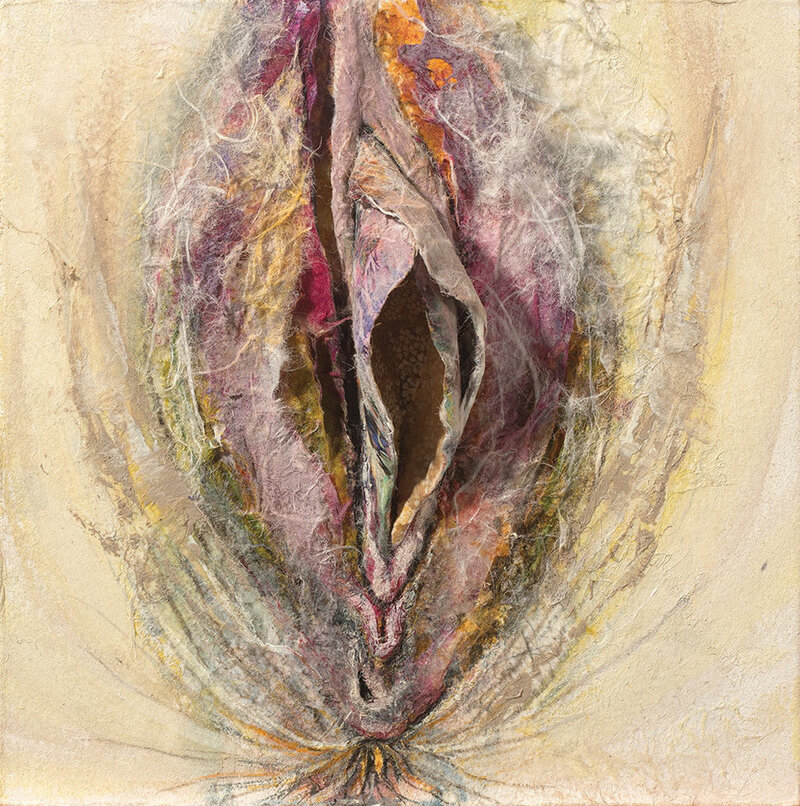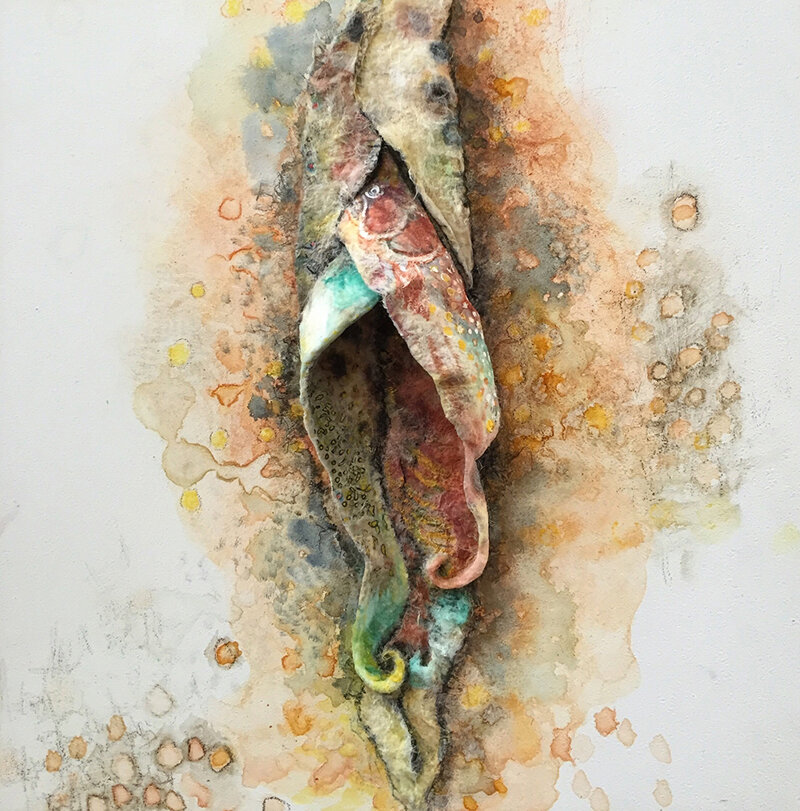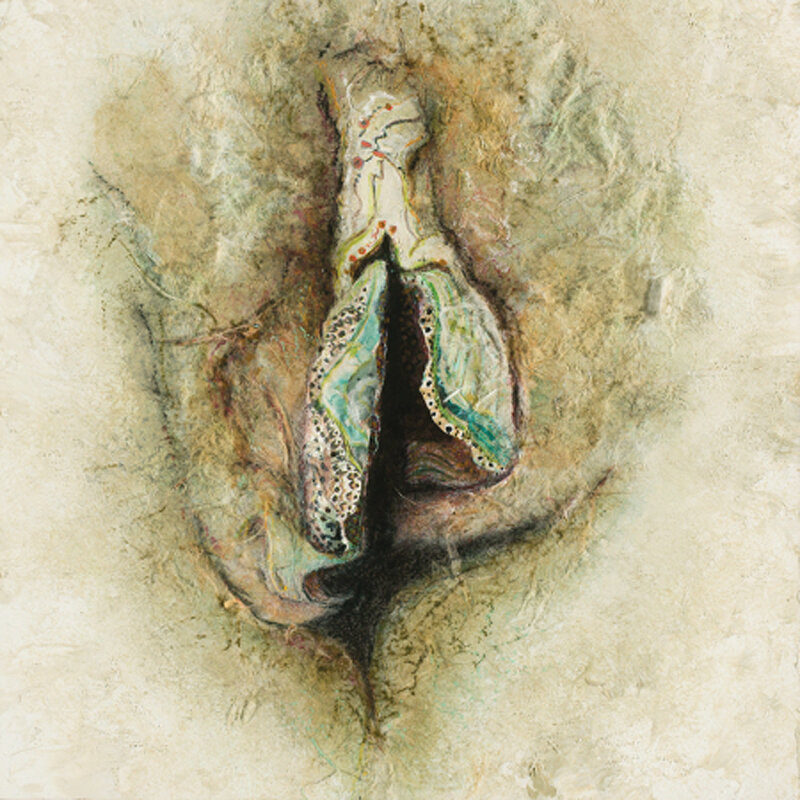Artist Feature: Jacqueline Secor
"Female bodies are constantly criticized, critiqued, and commented on."
NATHALIE LEVEY: Diversity of Nature is a gorgeously unapologetic series of vagina paintings. The project began as a personal coping mechanism to battle Body Dysmorphia Disorder. A former member of the Church of Jesus Christ of Latter-day Saints, Jacqueline struggled with “a widespread unspoken rule that women should conform to this really narrow definition of perfection” and after removing herself from the Mormon community — she began channeling the overwhelming mix of emotions into art.
Having grown up in Pollock Pines, CA at the base of the Sierra Nevada Mountains. Jacqueline draws influence from nature as well as primitive art and prehistoric cave paintings. Diversity of Nature focuses on the elemental power of the female body, and serves as a celebration of womanhood. What started out as a cathartic outlet for personal empowerment transformed into a poignantly political endeavor; Jacqueline explains, “Painting vulvae, focusing on details of women’s bodies, even the parts that are ‘supposed’ to be hidden, does sometimes feel like a small act of resistance ― a way of saying that women don’t need to hide, that we deserve a place, not just in the art world, but in every sector.”
JACQUELINE SECOR: Female bodies are constantly criticized, critiqued, and commented on, which can result in the most harmful judgement of all: our own. A couple years ago, my once manageable OCD spiraled into an uncontrollable and unexplainable Body Dysmorphic Disorder (BDD). I began to examine my body endlessly, but I could no longer recognize myself. Every inch of my body seemed flawed, deserving of the harsh criticism that I heaped upon myself. The more I hated my body, the more worthless I felt, until I was no longer living my life, but serving a life sentence, imprisoned in my own body. I needed help and found it at a mental health facility. There I met a variety of smart and talented women who helped me escape from the cycle of judgement and hatred and find freedom. This series creates a space free from comparisons, where each body is honored in all of its individuality. Choosing to portray vulvae as parts of nature is not about trying to make them “prettier” but about showing vulvae as they are: integral elements of the natural world we are a part of. The beauty, the strength, the very survival of nature depends on diversity. So too with humans.
+ + +
Jacqueline Secor is a mixed media artist inspired by primitive art. Secor was born in the historical Gold Rush town of Placerville, California and grew up in Pollock Pines at the base of the Sierra Nevada Mountains. Growing up in an area full of natural beauty and historical significance has given her an appreciation for nature and our past. Secor relocated to Utah in 2006, where she received a Bachelor of Fine Arts degree from Utah Valley University; she now resides in Salt Lake City.























